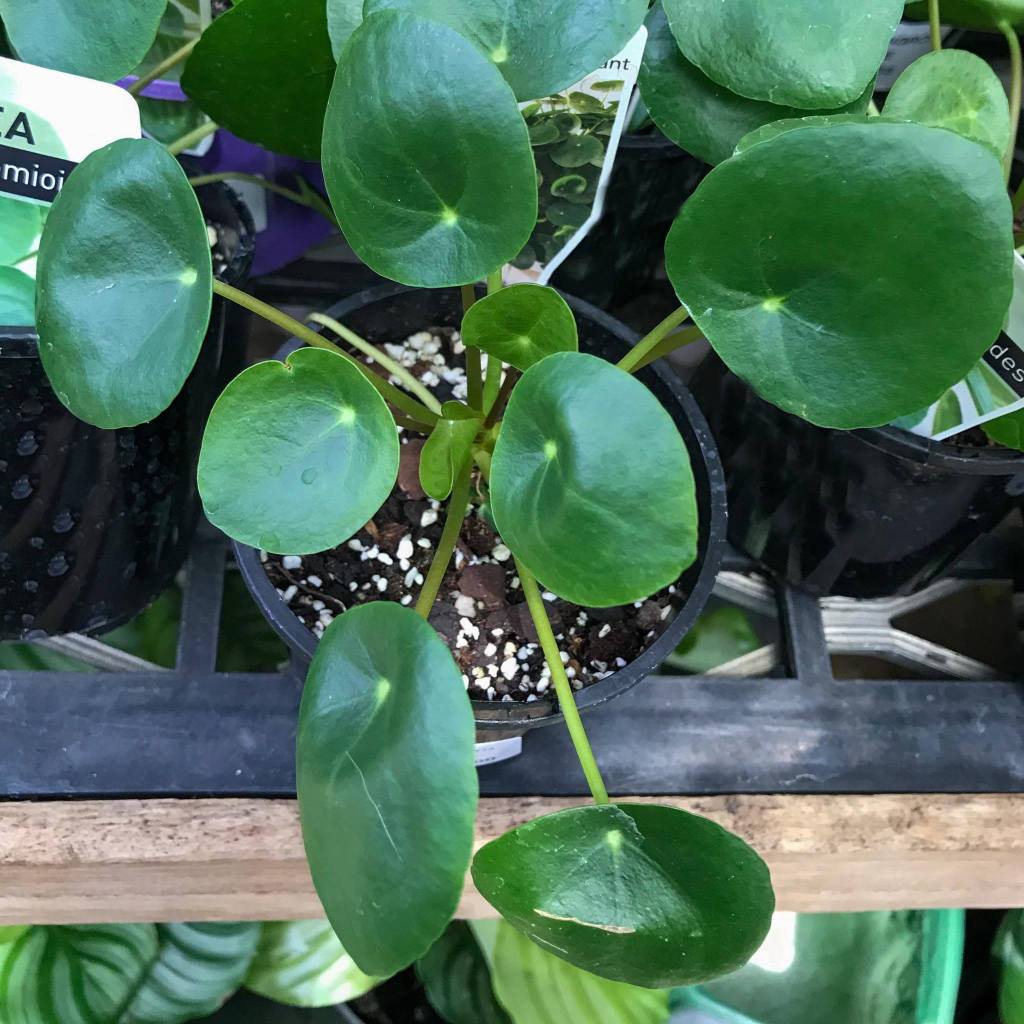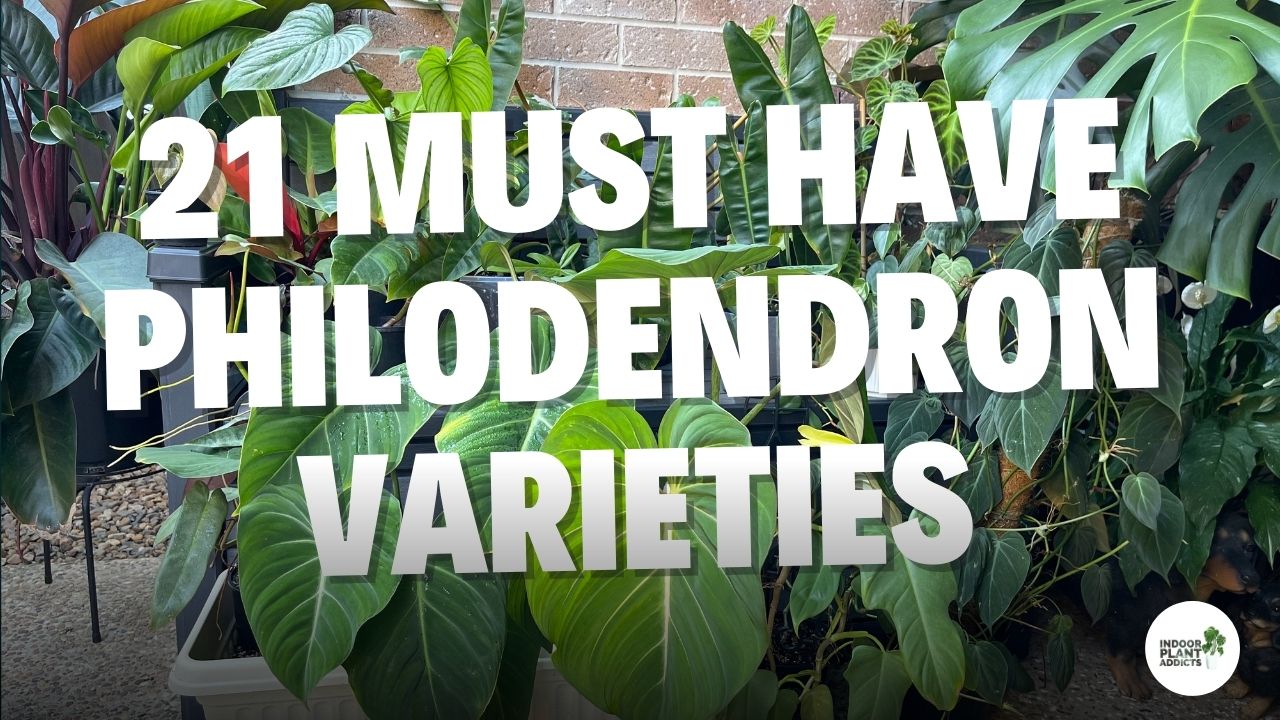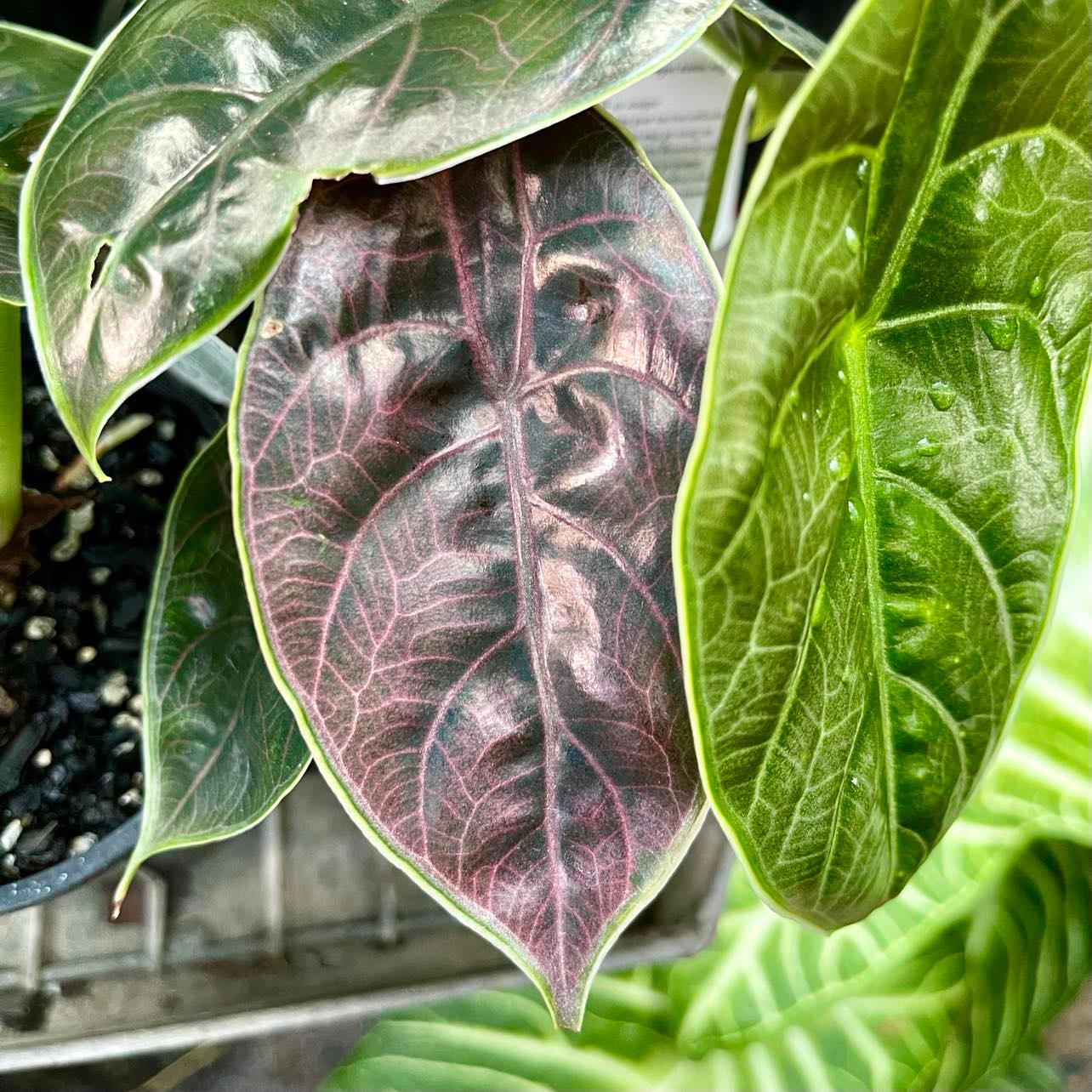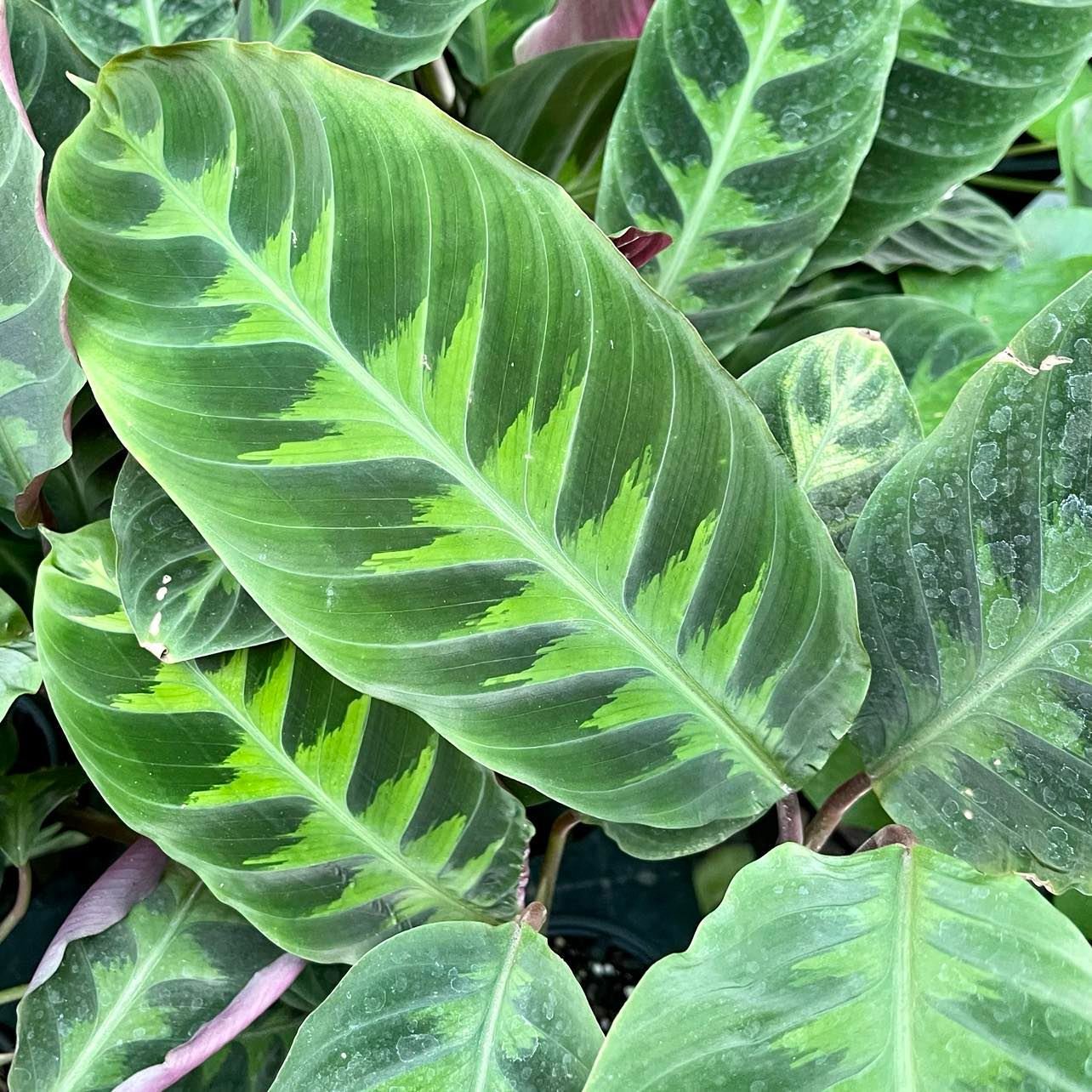Scientifically known as Pilea peperomioides, the Chinese Money Plant is also commonly known as Pancake Plant, UFO Plant, or Missionary Plant. This popular indoor plant is known for its striking round leaves and easy care requirements.
In this guide, we’ll cover everything you need to know about caring for your Chinese Money Plant, from identification to common problems and solutions.

Chinese Money Plant Quick Care Overview
| Feature | Requirement |
| Light | Bright, indirect light |
| Temperature | 60-75°F (16-24°C) |
| Humidity | Moderate (40-50%) |
| Watering | When top inch of soil dries |
| Fertilizer | Monthly during growth |
| Soil | Well-draining potting mix |
| Toxicity | Non-toxic |
Identification
The Chinese Money Plant is easily recognizable by its round, coin-shaped leaves that grow on long, slender stems. The leaves are typically bright green and have a slightly succulent appearance.
The plant grows in a unique, off-center manner, with new leaves emerging from the central stem. Similar plants include the Peperomia species, which also have thick, fleshy leaves but differ in shape and growth patterns.
Size
Chinese Money Plants are relatively compact, typically reaching a height of 8-12 inches (20-30 cm) when grown indoors. Their leaves can grow up to 4 inches (10 cm) in diameter, creating an eye-catching display.
This plant has a bushy growth habit, with leaves extending outward from a central stem. Over time, the plant may develop additional offshoots or “pups” at its base, which can be propagated to create new plants.
Light Requirements
Chinese Money Plants prefer bright, indirect light. Direct sunlight can damage the leaves, so it’s essential to provide filtered light. Ideal locations for the plant include an east or west-facing windowsill or a spot near a south-facing window with diffused light from sheer curtains or blinds. Insufficient light can result in leggy growth or a lack of new leaf production.
Temperature Requirements
Chinese Money Plants thrive in temperatures ranging from 60-75°F (16-24°C). They can tolerate short periods of colder or warmer temperatures but may suffer if exposed to extreme conditions for an extended time.
Keep the plant away from drafty windows or heating/cooling vents to maintain consistent temperatures.
Humidity Requirements
The Chinese Money Plant prefers moderate humidity levels, around 40-50%. Although it can tolerate lower humidity, higher levels may encourage healthier growth.
To increase humidity, consider placing the plant on a tray filled with pebbles and water, using a humidifier, or grouping it with other humidity-loving plants. Signs of inadequate humidity include crispy leaf edges or slow growth.
Watering Requirements
Water your Chinese Money Plant when the top inch of the soil feels dry to the touch. Overwatering can lead to root rot, while underwatering may cause leaves to droop.
Watering frequency may vary depending on the season, with increased watering during the warmer months and reduced watering in the cooler months. Always use a well-draining pot with drainage holes to prevent waterlogged soil.
Fertilizing Requirements
Fertilize your Chinese Money Plant once a month during the growing season (spring and summer) with a balanced liquid fertilizer diluted to half-strength.
During the dormant period in fall and winter, withhold fertilization. Overfertilization may cause leggy growth, discolored leaves, or even root burn.
Signs of under-fertilization include slow growth and small, pale leaves.
Soil Requirements
A well-draining potting mix is essential for the Chinese Money Plant. A good choice is a mix of potting soil, perlite, and peat moss or coconut coir.
The addition of perlite or pumice will improve drainage, while peat moss or coconut coir helps retain moisture. This combination ensures that the plant’s roots receive adequate oxygen and do not become waterlogged.
Diseases & Pests
Chinese Money Plants are relatively pest and disease-resistant, but they can still be affected by common issues such as:
- Mealybugs: These small, white, cotton-like pests can be removed using a cotton swab dipped in rubbing alcohol or treated with insecticidal soap.
- Spider mites: Tiny, spider-like pests that create fine webs on the plant; treat with insecticidal soap or neem oil.
- Root rot: Caused by overwatering, resulting in yellowing leaves and a foul smell; prevent by using well-draining soil and not overwatering.
Pruning and Maintenance
Regularly remove dead or yellowing leaves to maintain the plant’s appearance and promote healthy growth. If the plant becomes too leggy or overgrown, you can prune the stems back to encourage bushier growth.
Always use clean, sharp scissors or pruning shears to minimize damage to the plant.
Propagation
Chinese Money Plants are easily propagated through stem cuttings or by separating the “pups” (young plants) that grow at the base of the plant.
To propagate using stem cuttings, simply cut a healthy stem below a node and place it in water or moist soil.
New roots should develop within a few weeks. For pups, gently remove them from the main plant, ensuring they have some roots, and then plant them in their own pot with well-draining soil.
Repotting
Repot your Chinese Money Plant every 1-2 years or when the roots outgrow the pot. Choose a pot that is 1-2 inches (2.5-5 cm) larger in diameter than the current pot, and ensure it has drainage holes.
Gently remove the plant from the old pot and loosen the roots before placing it in the new pot with fresh, well-draining potting mix. Water the plant thoroughly after repotting to settle the soil.
Toxicity
Chinese Money Plants are non-toxic to humans and pets. However, it’s always a good idea to keep plants out of reach of curious children and pets to prevent ingestion or damage to the plant.
Common problems
- Drooping leaves: Often caused by underwatering; increase the watering frequency or check for root rot.
- Yellowing leaves: Overwatering, poor drainage, or root rot; adjust watering practices and ensure proper drainage.
- Brown leaf edges: Low humidity or underwatering; increase humidity or adjust watering schedule.
- Leggy growth: Insufficient light; move the plant to a brighter location or supplement with a grow light.
Conclusion
The Chinese Money Plant is a popular choice for indoor plant enthusiasts due to its unique appearance and easy care requirements.
With the proper care and attention to light, temperature, humidity, watering, and fertilizing, your plant will thrive and become a stunning addition to your home.
Similar plants include the Peperomia species or the Jade Plant, both of which share some care requirements and have distinctive, fleshy leaves.




